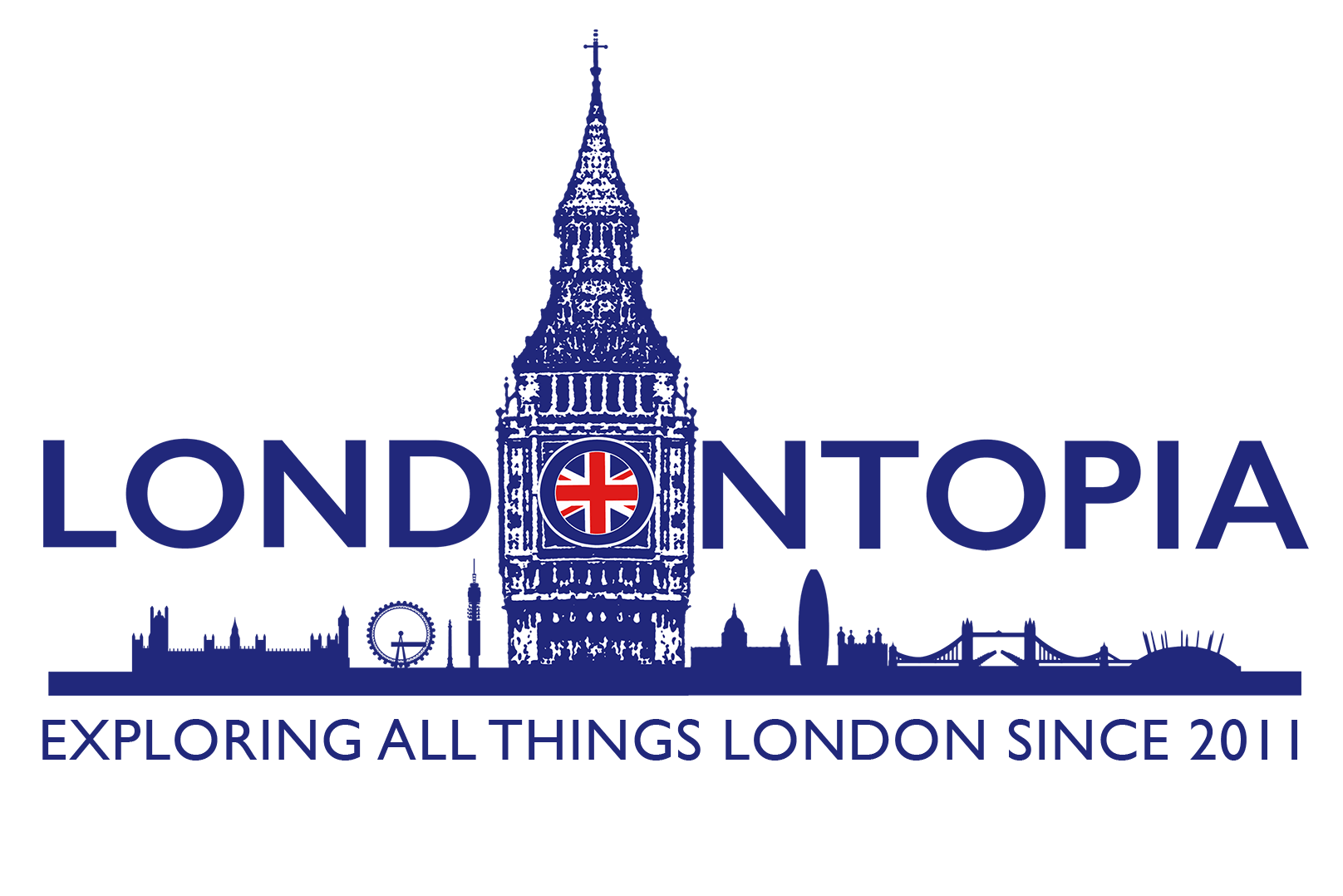Historical markers help us remember what happened in a particular place when it may not be so obvious. They can mark important events or places associated with historical figures. London’s Blue Plaques Scheme is one of the oldest in the world, having begun in 1866. The idea of erecting “memorial tablets” was first proposed in 1863 by MP William Ewart. Henry Cole also supported the proposal and the Royal Society of Arts was tasked with erecting the plaques.
The first plaques they erected came in a variety of sizes and colours. The very first one was erected to commemorate the birthplace of the poet Lord Byron at 24 Holles Street. Other important persons considered at the time included Benjamin Franklin, David Garrick, and Lord Nelson. While the plaques were initially blue, manufacturer Minton Hollins & Co. switched the colour to chocolate brown to save money.
While the Royal Society of Arts was largely responsible for the plaques in London, in 1879, the RSA agreed to make the City of London responsible for erecting plats within its square-mile jurisdiction. By 1901, the RSA ceded management of the scheme to the London County Council. LCC decided to keep the RSA’s design for the plaques, substituting the RSA’s name for its own. Later, they experimented with the basic design, adding a wreath and making them from various materials such as stone, bronze, and lead. In 1921, the LCC’s architect recommended changing the plaques permanently to blue to help them stand out against London buildings.
 A more modern, simplified design was adopted by the LCC in 1938. Doulton became the new manufacturer as their plaques were relatively cheap and easy to clean, but the London factory closed in 1955 and the plaques were produced in the company’s Dorset factory instead until the 1980s. In 1965, when the LCC was abolished, the scheme became the responsibility of the Greater London Council. In 1986, the scheme was transferred from GLC to English Heritage. In 2013, EH temporarily refused to accept new plaque applications due to low funds, but generous donations have allowed them to breathe new life into the scheme.
A more modern, simplified design was adopted by the LCC in 1938. Doulton became the new manufacturer as their plaques were relatively cheap and easy to clean, but the London factory closed in 1955 and the plaques were produced in the company’s Dorset factory instead until the 1980s. In 1965, when the LCC was abolished, the scheme became the responsibility of the Greater London Council. In 1986, the scheme was transferred from GLC to English Heritage. In 2013, EH temporarily refused to accept new plaque applications due to low funds, but generous donations have allowed them to breathe new life into the scheme.
One goal of the plaque scheme from the outset was conservation. The idea was that, by tying the building to a famous person, it would make “our houses our own biographers” and thus encourage the preservation of houses with historical significance. Ironic, then, that the building on which the original plaque for Lord Byron was eventually torn down, though the current building still bears a newer plaque. This goal made the scheme perfect for English Heritage. The organisation has erected over 360 plaques since 1986 for individuals from a wide range of achievements in music, art, invention, diplomacy, and more.
English Heritage’s selection criteria are relatively unchanged from that used by the RSA, LCC, and GLC. To be eligible for a blue plaque, the first requirement is that a person must have been dead for at least twenty years. He or she must be considered eminent by members of his/her profession and have made an outstanding contribution to human welfare or happiness. Lastly, he or she must have lived in London (with the exception of the City of London and Whitehall, which have their own schemes) for a significant period of time in life of the importance of his/her work, be recognisable to a well-informed passerby, or deserves national recognition.
As for location, blue plaques can only be erected on the actual building inhabited by the person, though it’s allowed in exceptional circumstances where the original building was demolished (such as Lord Byron’s plaque) but the reconstructed building has the same façade. The plaques cannot go on boundary walls, gate piers, education or ecclesiastical buildings, or Inns of Court. They also have to be visible from the public highway. Interestingly, a single person cannot be commemorated with more than one plaque within the city (though this only applies to Greater London and other schemes can still erect plaques for the person.
Next time you’re in London, take note of the blue plaques as you pass by a building and learn what famous person lived there. For help, here is a google map that points them out.
Wikipedia also has a massive list of all the Blue Plaque locations, check it out here.
A Little Bit of London In Your Inbox Weekly. Sign-up for our free weekly London newsletter. Sent every Friday with the latest news from London!




There is also the London Plaques app that has the stories behind the plaques as well as their locations.
appsto.re/gb/tVBE2.i